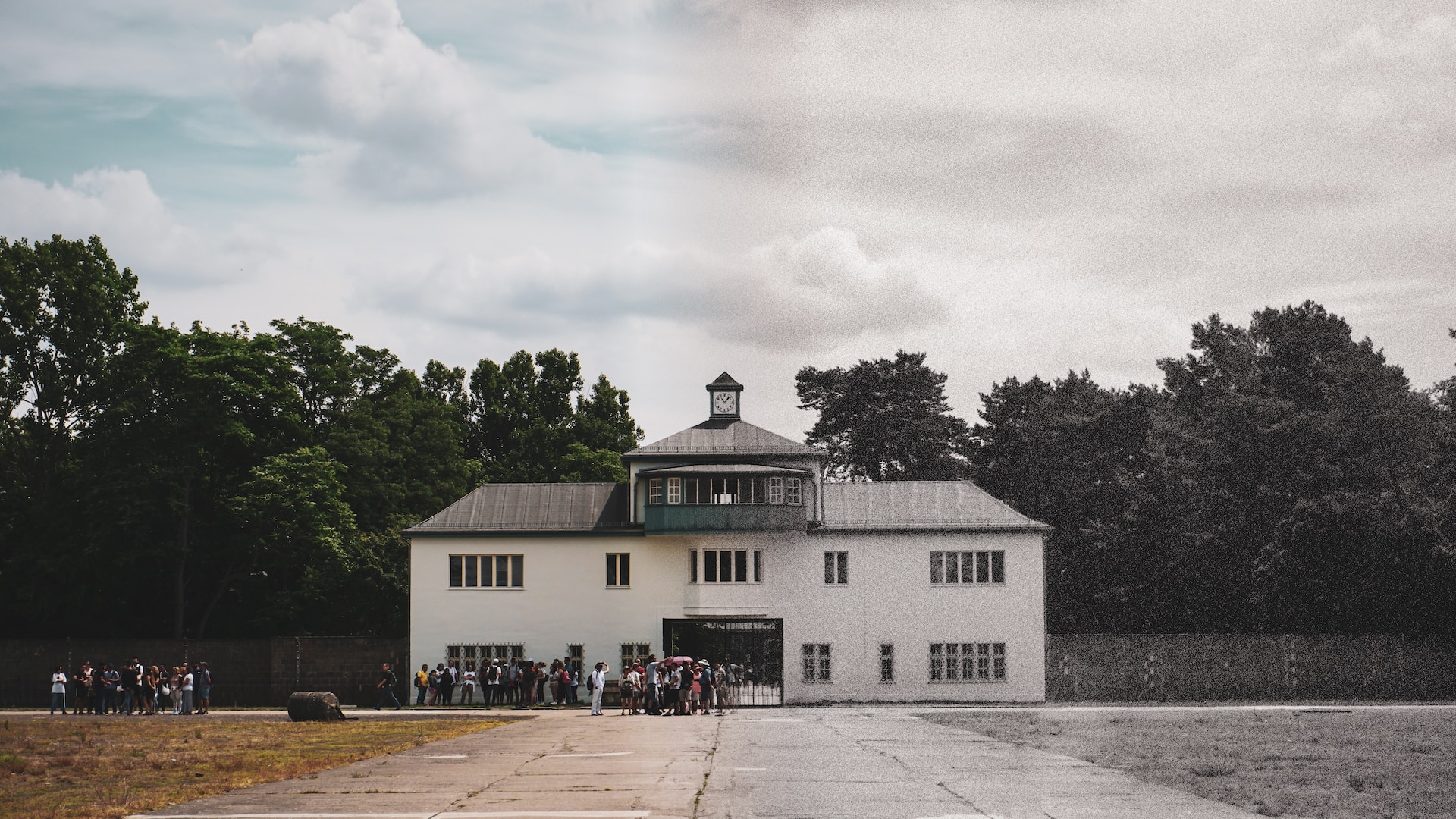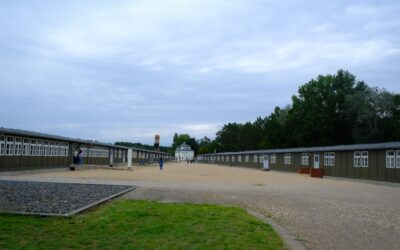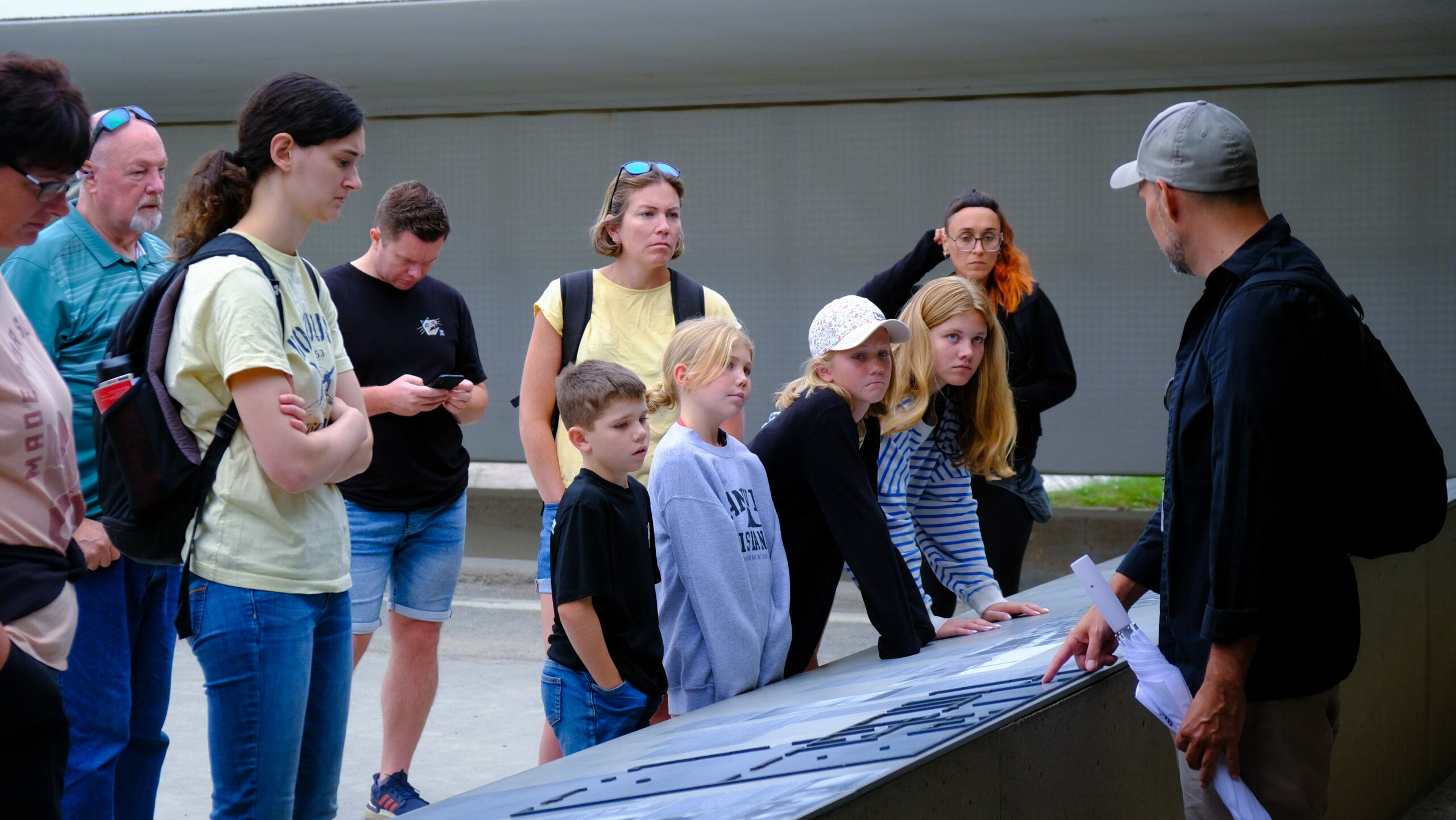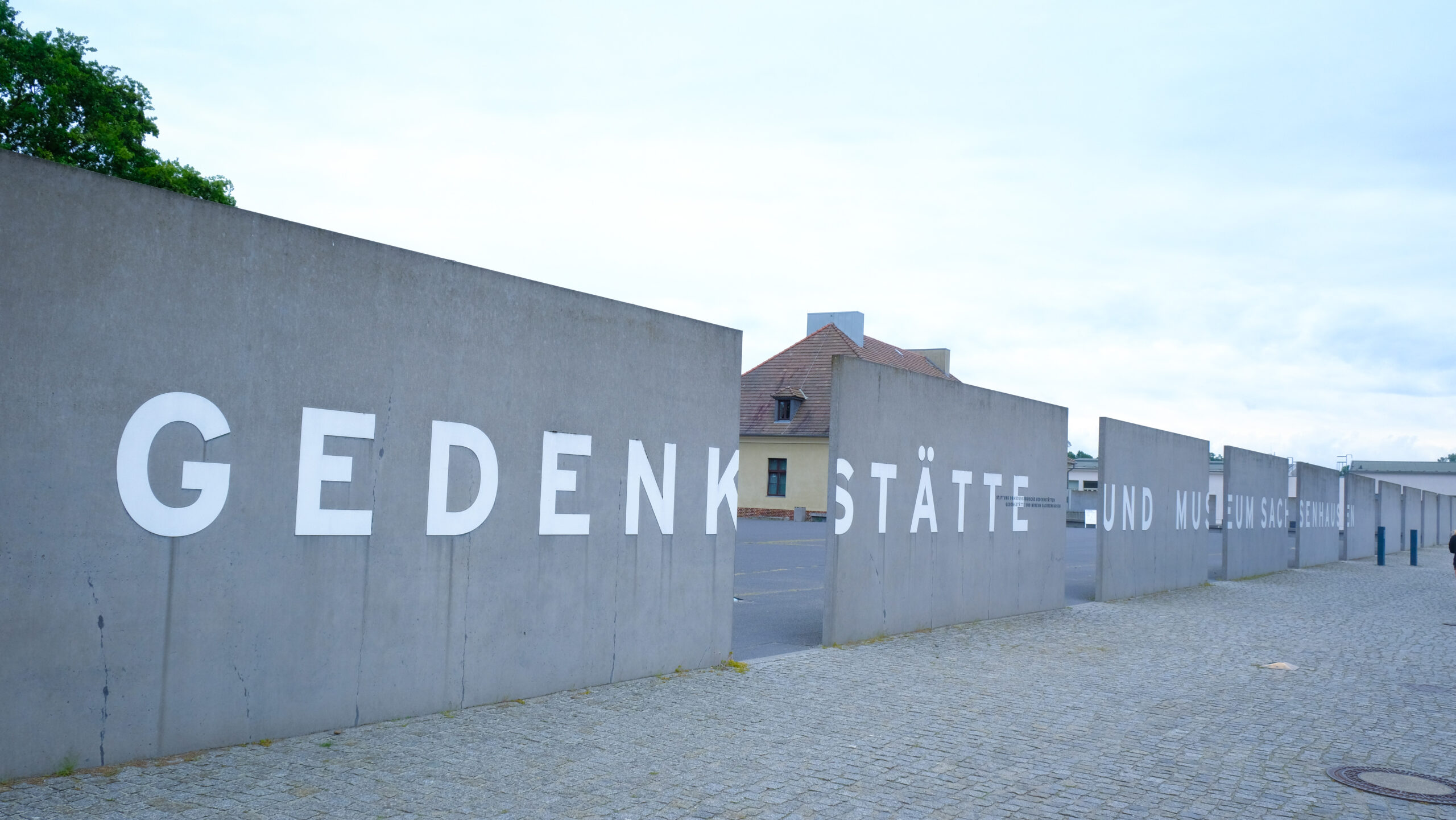When it comes to understanding the atrocities of Nazi Germany, it’s impossible to ignore the role that concentration camps played. One of the most infamous among these camps was Sachsenhausen, which served as a symbol of terror and oppression during World War II. In this article, we will delve into the history of Sachsenhausen, its purpose, and the legacy it carries to this day.
1. The Origins of Sachsenhausen
Sachsenhausen was opened back in 1936 as an experimental camp to set an example , and which was planned to be used for propaganda. It was conveniently established only beyond Berlin to ensure that those elite nazi individuals and visitors from other nations could easily access it. It was also the first camp to set the tone to other concentration camps that were built in future.
The Camp’s Purpose
At its core, Sachsenhausen was designed to perform three main functions:
Imprisonment of political opponents: The Nazi considered many of those in the camp as its enemy, this was due to things like being a communist, socialist, trade unionist or anyone who said anything against Hitler and his regime.
Forced labor: Their activities included heavy working farm labor such as brick making, sewing clothes or a construction site of any SS special projects.
Extermination: Although Sachsenhausen did not kraal itself as an extermination camp like the popular Auschwitz, thousands of prisoners died because of hard core condition, medical experimentations, and constant torture.
2. Life Inside the Camp
Sachsenhausen contained a number of elements of living, which were unjustified and had little to do with the human worth. The prisoners lacked basic diet, they slept in cramped areas and they lived in stark fear of being beaten or killed. The camp was divided into various sections:
The Appellplatz and Roll Call
Daily, prisoners used to be paraded in a yard they referred to as Appellplatz for counting. This was done every day as method through which the SS guards were able to exert dominance over the prisoners and have a,: way of monitoring them. Consequently they caused their counterparts to threaten immediate extreme punishment for instance, any attempt to escape or disobedience.
Prisoner Categories
Sachsenhausen accommodated different categories of prisoners:
Political prisoners: Those who criticized the regime, affiliating with banned political organisations, or with any other signs of involvement in actions against the regime.
Homosexuals: Homosexuals were looked upon as asocial, and were duly punished; they had a pink triangle on them most of the times.
Jehovah’s Witnesses: This was the main reason they were incarcerated since they declined to pledge allegiance to the state, join the army or conduct ‘’Nazi’’ salutes.
Other groups: Sachsenhausen was used to holding Jewish people, Sinti and Roma, Poles, Soviet POWs, and anyone the Nazis considered unfit for life.
3. Liberation and Memorial Site
Thus, at the eve of the end of the Second World War, namely on April 22, 1945, the Soviet army liberated it [Sachsenhausen]. But the atrocities that were inflicted within the camp are still remembered even after the camp was liberated. Currently, Sachsenhausen is occupied as a memorial and museum to enable people to learn on the events that took place during the company of the Nazis.
Museum Exhibitions
The museum holds a number of exhibitions; historical background of the camp, general life styles in the camp and prisoner biographies. These pictures put photographs, belongings, and documents to show how much individuals suffered in captivity.
Visiting Tips
If you plan to visit Sachsenhausen, consider the following tips:
Allow enough time: Due to the size of the site, allow several hours to tour the museum, walk around the memorial and the rest of the remaining camp structures.
Guided tours: Hiring a knowledgeable tour guide will help you understand more about the camp and guide you in the right places that you will not miss when in the camp.
Sensitivity and respect: Sachsenhausen has great historical and sentimental value. When wandering, be courteous in how one treats the victims as well as their memories.
Conclusion
As much as Sachsenhausen concentration camp is a grim history it was nonetheless a reality of Nazi Germany. But it’s important to know its history as well as the evil things that happened in that building so that similar experiences could be avoided in future. Therefore, or through an organized trip around the different memorial sites such as Sachsenhausen, the victims’ memories are embraced in order to avoid repetition.




